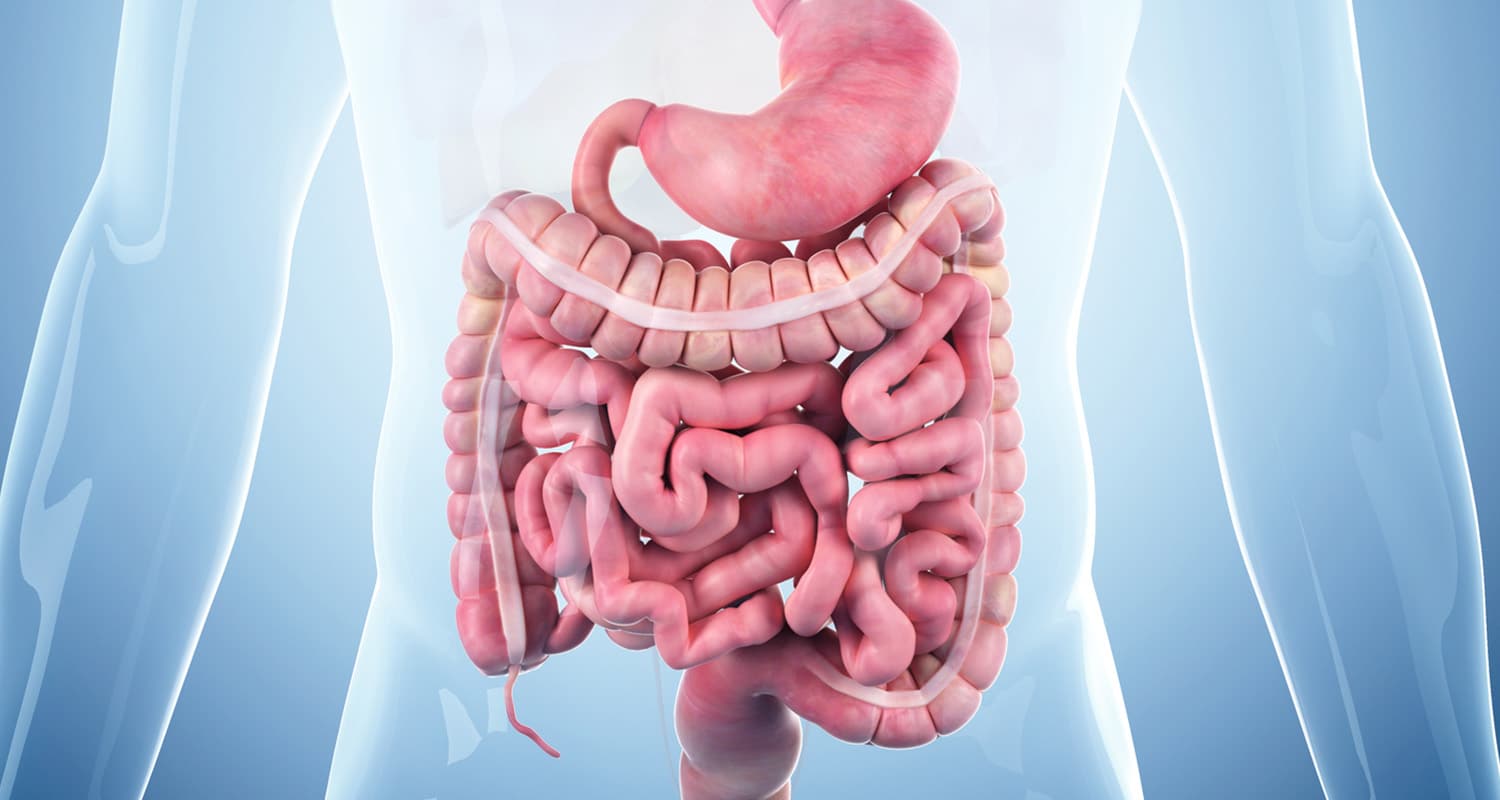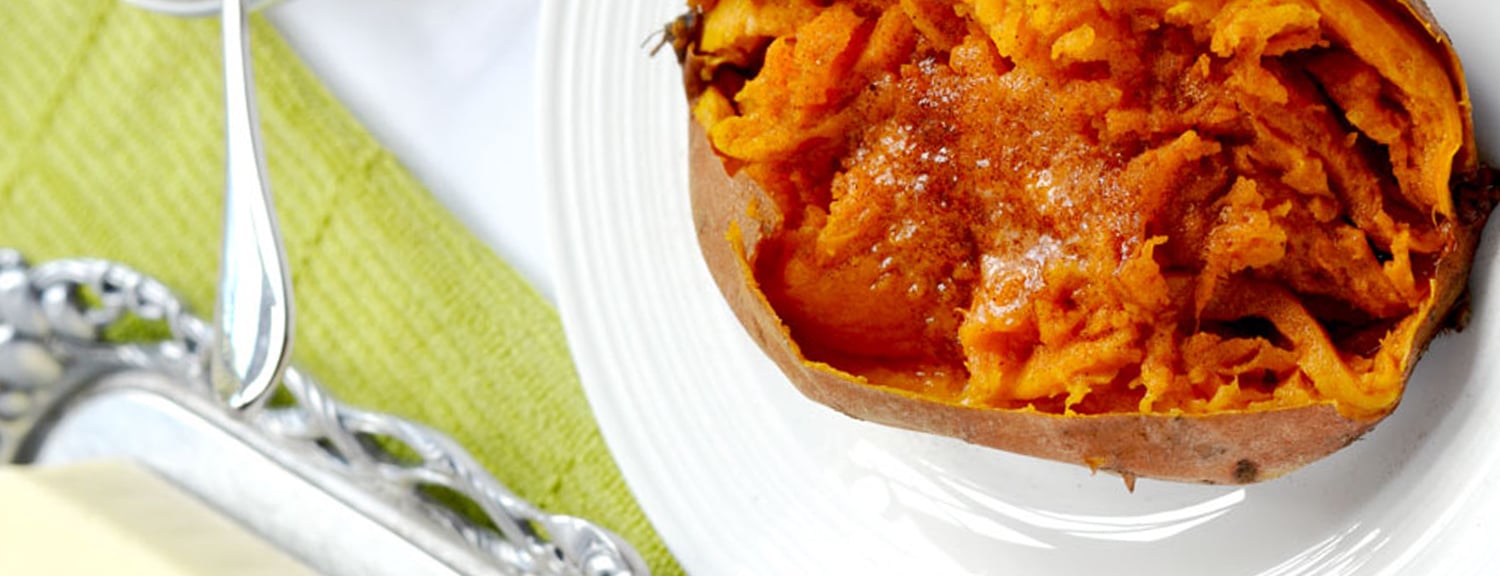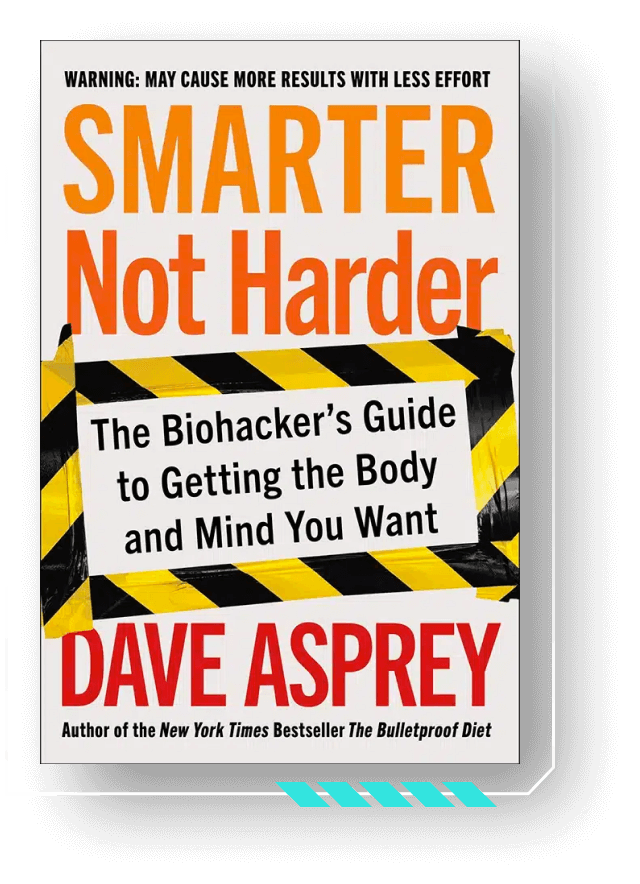
This is Part 2 of the Are Humans Vegans or Omnivores mini-series by guest author Nora Gedgaudas, CNS, NTP, BCHN, an internationally acclaimed keto and ancestral nutrition specialist. You can read Part 1 of the mini-series here, and hear her chat live with Dave at PaleoFX on this episode of Bulletproof Radio (iTunes).
Are Humans Vegans or Omnivores? A Look at Digestion
by Nora Gedgaudas CNS, NTP, BCHN

That calm center was the clarity that came from better understanding of how we evolved as a species and what the forces were that actually shaped our physiological makeup and nutritional requirements in the first place. From that moment forward, all confusion ceased and led to a deeper and more rational curiosity about our human origins and that, which served to make us human.
My primary curiosity centered around the question: Did we actually evolve as and from an herbivorous primate species?
Primates and early humans’ digestion mechanisms

In contrast, the fermentative portion of the human digestive tract occupies only about half of what would be expected of a primate of our size and is no more than 20% of its total capacity. Most nutrients synthesized by our gut bacteria are slated for themselves, and not us. While well-fed gut bacteria benefit our immune system, sleep quality, appetite, and more, we lack the ability to fully extract the full spectrum of nutrients from plant foods that herbivores are able to extract.
The digestive systems of pure herbivores are simply different from ours. One extreme example, ruminants like cows and sheep, have four stomachs that help them synthesize every nutrient they need from grass and weeds alone.
RELATED: Eating Meat Doesn’t Harm the Environment as Much as You Think
Early humans’ nutrition requirements and sources
We instead rely on the extraction of nutrients from the animals we consume. They have already synthesized many of our essential and most beneficial nutritional compounds — many of which are entirely unique to animal foods. Examples include fully formed fat-soluble nutrients like true vitamin A (retinol), vitamins D3 and K2 (MK-4), conjugated linoleic acid (CLA) and long-chain fatty acids such as EPA/DHA, along with CoQ10, carnitine, and B12.
We even developed the ability to absorb heme-based iron, found exclusively within the blood, meat and organs of animals. Herbivores are incapable of metabolizing heme-based iron,[ref url=”https://www.ncbi.nlm.nih.gov/pubmed/6763339″] and humans do not as efficiently absorb non-heme iron. In effect, our human digestive system much more closely resembles that of a carnivore than any herbivore.
If you don’t mind a little geeky terminology thrown in here, it is revealing to pay attention to the language used by the authors of this important study:
“Unique among extant primates, modern humans are anatomically adapted to regularly consume substantial amounts of vertebrate animal tissues (meat, organs, etc.). Over the last several million years, the hominin gastrointestinal tract has evolved from a chimpanzee-like large-intestine-dominated configuration well adapted for digesting fruits and other plant parts (as well as the occasional small mammal) to a more carnivore-like small-intestine-dominated form well suited for extracting complex nutrients from animal remains.[ref url=”https://www.ncbi.nlm.nih.gov/pmc/articles/PMC3329511/”][ref url=”Kaplan H, Hill K, Lancaster J, Hurtado M (2000) A theory of human life history evolution: diet, intelligence, and longevity. Evol Anthropol 9: 156–185 doi: 10.1002/1520–6505 (2000).”] Increased consumption of animal tissues likely fueled brain expansion in the genus Homo[ref url=”https://www.scholars.northwestern.edu/en/publications/effects-of-brain-evolution-on-human-nutrition-and-metabolism”][ref url=”https://www.ncbi.nlm.nih.gov/pubmed/28524347″][ref url=”https://www.sciencedirect.com/science/article/pii/0047248489900353″][ref url=”https://www.ncbi.nlm.nih.gov/pubmed/21452485″] and may have helped to facilitate initial hominin dispersals out of Africa.”[ref url=”https://www.sciencedirect.com/science/article/pii/S0047248402906020″]
The fact that we are technically termed “omnivores” does not by definition automatically imply that we are able to successfully derive 100% of our critical nutrition from either plant or animal foods equally. Our very physiological design clearly indicates that animal products are an integral part of human health.
How much energy can you get from plants?
Whatever plants early humans would have consumed along the way would have been wild, largely fibrous and uncultivated. We would have eaten plant tubers uncooked, which would not have been digestible. In their raw form, the starch in roots and tubers isn’t absorbed in the small intestine and it passes through the body as non-digestible carbohydrate. Heating breaks down the cell walls and makes starch much more accessible to breakdown by digestive enzymes. Regardless of whether fire for thoroughly cooking starch-based foods was available to us or not, we would not have eaten meaningful amounts of starchy tubers early on in any case.[ref url=”https://www.ncbi.nlm.nih.gov/pubmed/2981409″][ref url=”https://www.ncbi.nlm.nih.gov/pubmed/16441938″]
Also, even when thoroughly cooked, roots and tubers are only able to provide an estimated 1,882 kJ/hour to 6,120 kJ/hour (almost pure starch), versus the estimated 63,398 that large, fat-rich game provides.[ref url=”http://www.evolbiol.ru/docs/docs/large_files/hominin_diets.pdf”] Meat and fat are far more efficient energy sources.
This does not even take into account the relatively far poorer nutrient content and non-existent essential fatty acid content (and non-available fat, in general) of roots and tubers. The time and laborious energy versus caloric and nutrient return required to procure, prepare, and digest such foods would also have made them anything but preferable under normal circumstances where game was readily available.
Also, early humans’ enormous consumption of meat alone would likely not have left a lot of room for that baked potato alongside our wooly mammoth steaks. Starch would really never have been an especially meaningful source of calories, save under the direst of circumstances (assuming the capacity of fire production-at-will was even available).
Early humans’ carbohydrate digestion
We would have also been limited in our (even now, highly variable) capacity to even digest fully cooked starch by limitations in our capacity for amylase production (a starch digesting enzyme). Our chimp cousins carry only two rudimentary copies of amylase genes needed to digest starchy foods. Research reports that our species likely only experienced an increase in copies of amylase genes within the last 200,000 years, and we already had our big brains by then.[ref url=”http://www.evolbiol.ru/docs/docs/large_files/hominin_diets.pdf”]
Today, humans vary in their amylase-digesting capacity rather widely, and most have a range of anywhere from two copies up to 16 copies of amylase genes, making starchy carbs (yet again) anything but essential to our health as a species. According to the above-referenced study (Perry GH, et al) the adaptation to significant starch consumption was likely not within our capacity during the Middle Pleistocene and is not even present in many low starch consuming populations today.
Fruit, sugar and nuts

Even as we continued to consume plant foods along the way over the course of our evolution, it is plainly obvious that these were a secondary food source for early humans, at best (think: side dish).[ref url=”https://www.researchgate.net/publication/229092582_FOCUS_Gough’s_Cave_and_Sun_Hole_Cave_Human_Stable_Isotope_Values_Indicate_a_High_Animal_Protein_Diet_in_the_British_Upper_Palaeolithic”][ref url=”https://www.springer.com/us/book/9781441967329″][ref url=”https://journals.plos.org/plosone/article?id=10.1371/journal.pone.0028689″] Vegetables were also a food having a far greater cost-to-benefit ratio on multiple levels, also taking into account the relative potential toxicity of wild plants and their comparatively poor digestibility, nutrient availability and caloric value — even cooked.
It is easy to demonstrate and reasonably conclude that our species was never, ever even close to being vegetarian, much less vegan. Vegetarianism and especially veganism is a purely modern-day experimental invention not even shared by our most distant primate cousins. We traded big guts for big brains, instead. I personally like to think that was a good tradeoff.











